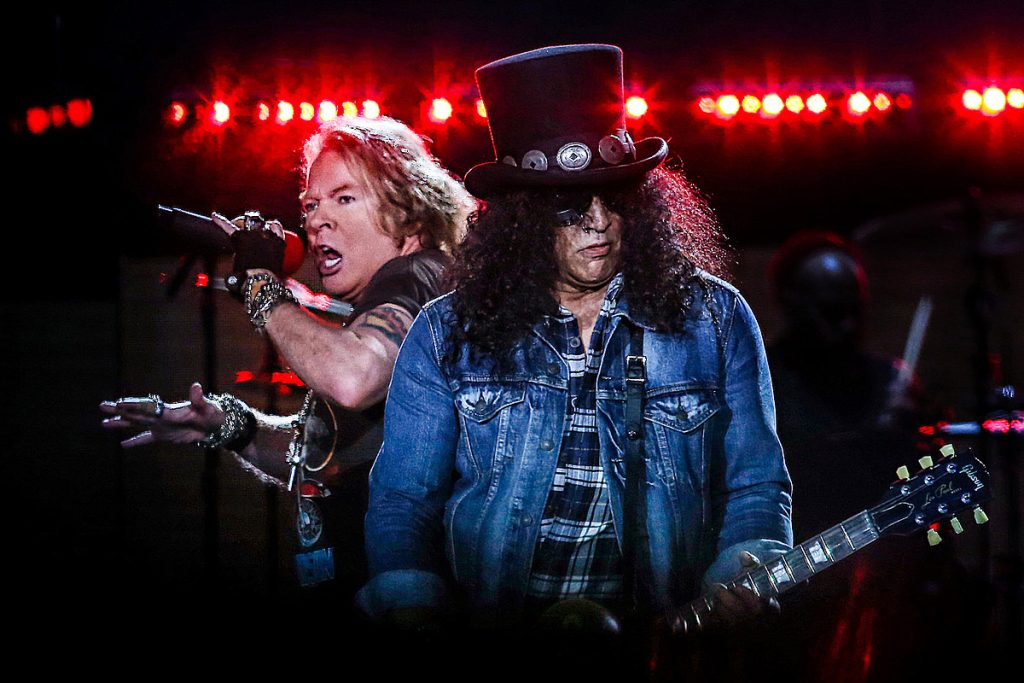
A Rock Ballad to Remember: Guns N’ Roses’ “Don’t Cry”
“Don’t Cry” by Guns N’ Roses is one of those rock ballads that has stood the test of time, capturing the hearts of fans since its release. This song, which first appeared on their 1991 album “Use Your Illusion I,” showcases the band’s versatility and emotional depth, a departure from their more aggressive rock anthems.
The origins of “Don’t Cry” trace back to the early days of Guns N’ Roses, when Axl Rose and guitarist Izzy Stradlin penned the song in 1985. It’s a tale of heartache and farewell, a poignant reflection on a relationship ending but with a sense of hope and understanding. The song’s lyrical content resonates with many, as it speaks to the universal experience of loss and the subsequent emotional turmoil.
Musically, “Don’t Cry” is a blend of melodic guitars, soulful vocals, and a hauntingly beautiful harmony. The opening guitar riff by Slash is instantly recognizable, setting the tone for the heartfelt lyrics that follow. Axl Rose’s vocal performance is particularly noteworthy; his ability to convey raw emotion is unparalleled, and in “Don’t Cry”, he delivers a performance that is both powerful and tender. The harmonies in the chorus, featuring Shannon Hoon of Blind Melon, add a layer of depth and sorrow, enhancing the overall impact of the song.
The song’s structure is also worth noting. It builds gradually, starting with a gentle intro that leads into a more intense and emotionally charged climax. This progression mirrors the emotional journey described in the lyrics, creating a cohesive and immersive experience for the listener. The guitar solo by Slash is another highlight, filled with emotion and technical prowess, it complements the song’s melancholic tone perfectly.
Guns N’ Roses released two versions of “Don’t Cry”: the original version on “Use Your Illusion I” and an alternate version on “Use Your Illusion II”. Both versions are similar in musical arrangement but feature different lyrics, offering fans a unique perspective on the same emotional theme.
The accompanying music video for “Don’t Cry” is also iconic. Directed by Andy Morahan, it features a series of symbolic and emotional scenes that depict the struggles and pain of a fractured relationship. The imagery used in the video adds another layer of meaning to the song, making it a complete artistic expression that goes beyond just the audio experience.
“Don’t Cry” has remained a fan favorite and a staple in Guns N’ Roses‘ live performances. Its enduring popularity can be attributed to its universal theme of heartbreak and healing, as well as the band’s compelling delivery. For many, it’s a song that evokes memories and emotions, a timeless piece that continues to resonate across generations.
In summary, “Don’t Cry” is a testament to Guns N’ Roses‘ ability to create music that is not only powerful and memorable but also deeply moving. It’s a song that reminds us all of the pain of letting go and the bittersweet beauty of moving forward.